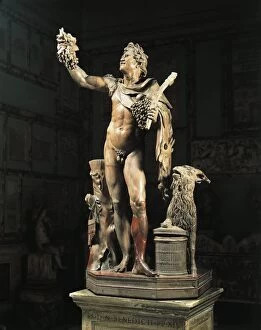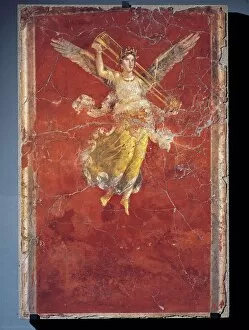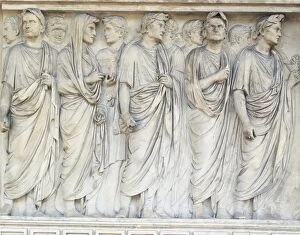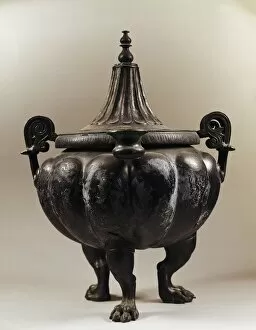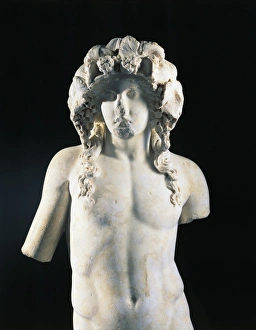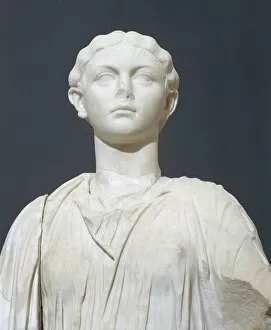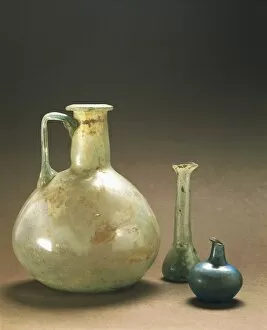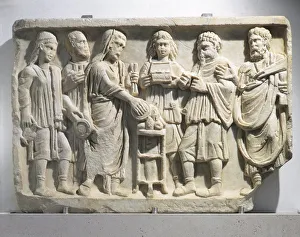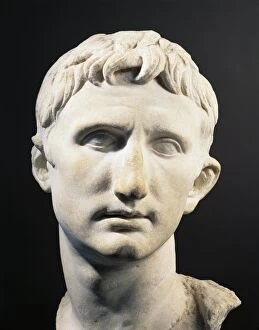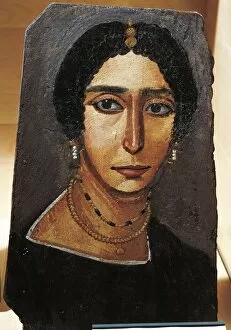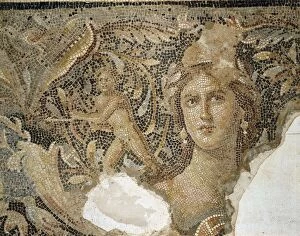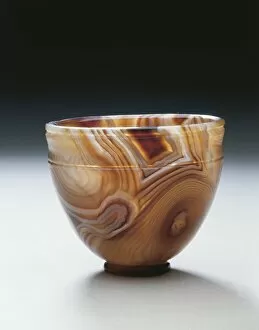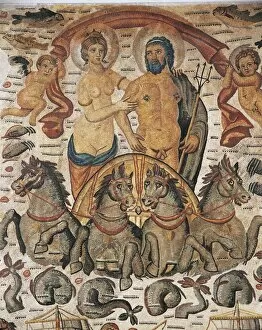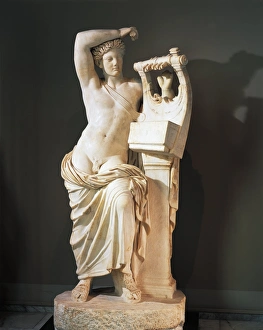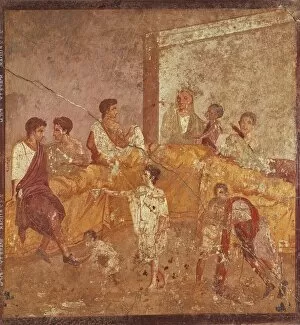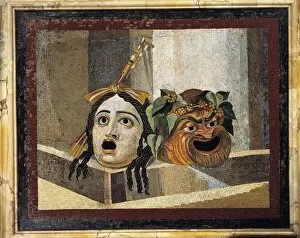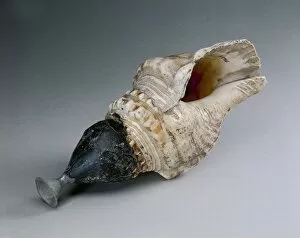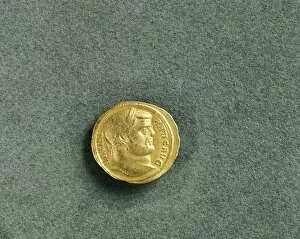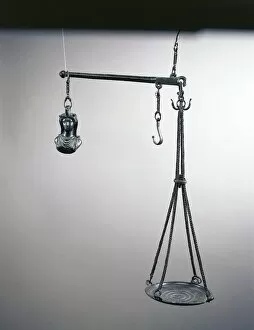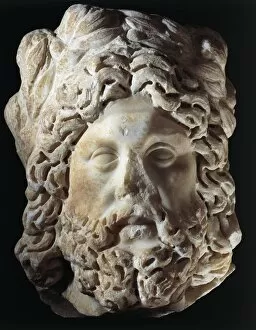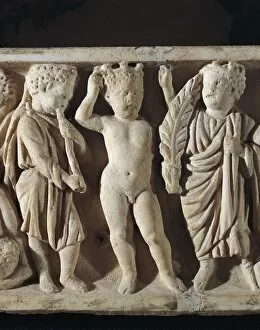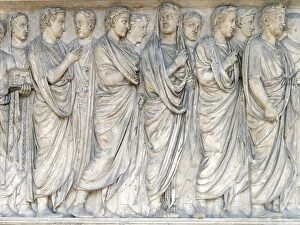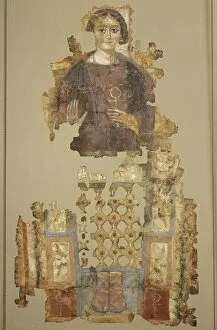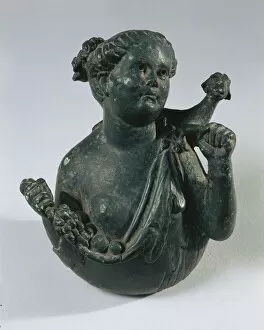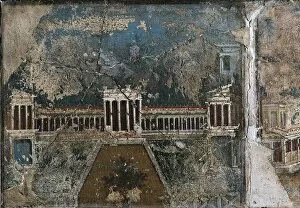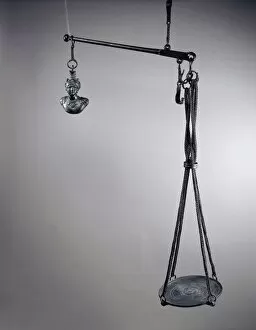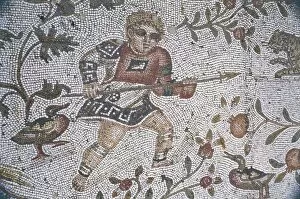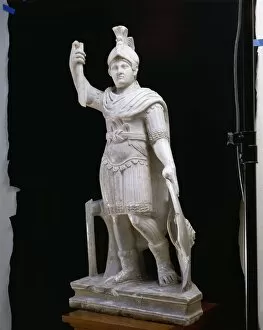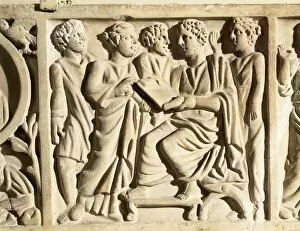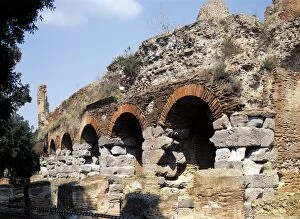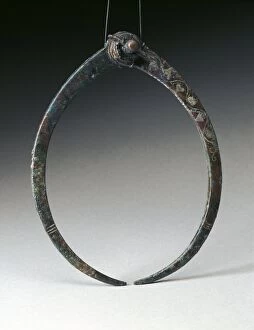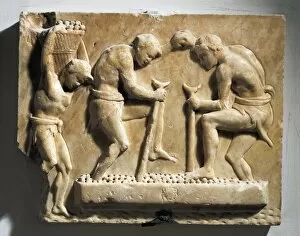Imperial Age Collection (#5)
The Imperial Age, a captivating era of opulence and grandeur, comes to life through the intricate details of ancient artifacts
All Professionally Made to Order for Quick Shipping
The Imperial Age, a captivating era of opulence and grandeur, comes to life through the intricate details of ancient artifacts. Marvel at the exquisite marble statue of Tyche, goddess of fortune, as she stands tall in Prusias ad Hypium, Turkey. Her delicate features embody prosperity and luck that once graced this prosperous city. Step into the House of Centenary at Pompeii and be mesmerized by the fourth style fresco depicting Bacchus amidst the fiery eruption of Vesuvius volcano. The juxtaposition between divine revelry and destructive forces captures the essence of this tumultuous period. Intrigue surrounds Diana of Versailles, a magnificent marble statue portraying Artemis with her loyal deer companion. This masterpiece showcases both strength and grace - qualities revered during imperial times. Journey to Rome's Ottavia quarter where a poignant scene from Elysium pays tribute to Octavia Paolina, a departed child. The vivid fresco on plaster immortalizes her journey to paradise with its ethereal beauty. A striking marble sarcophagus adorned with a relief depicting an epic battle between Greeks and Amazons transports us back to Thessaloniki. Witnessing this fierce combat reminds us of the valor displayed during these turbulent times. Delve into Roman entertainment through an intricately painted ivory diptych showcasing thrilling circus games. Panel B offers glimpses into heart-pounding chariot races that enthralled audiences across the empire. Marvel at a mosaic replica from Hadrian's Villa in Tivoli featuring doves delicately drinking from a vase—a symbol of peace amidst chaos—an homage to Pergamenian artistry dating back centuries before this age began. Experience an enchanting ceremony dedicated to Isis within Pompeii's walls captured in vibrant frescoes. These remnants reveal devotion towards deities beyond traditional Roman pantheon—testimony to cultural diversity within their vast empire. Travel southwards towards Andalusia where the Roman aqueduct stands as a testament to their engineering prowess.





